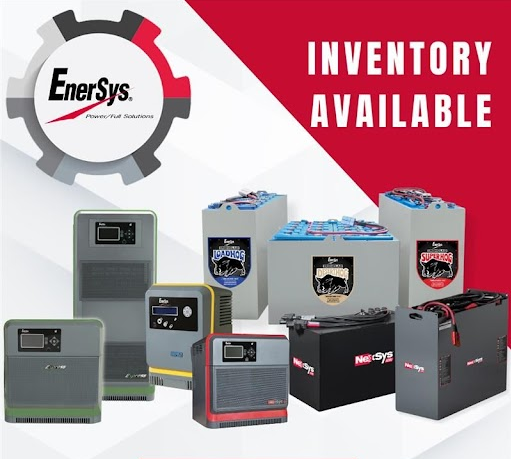The Hidden Value of Pallet Supports: What Every Warehouse Should Know
By Jeff Hillen, CEO of Warehouse Buyers Club
At Warehouse Buyers Club, we're all about giving you the tools and insights to build a safer, more efficient warehouse—without overspending or overlooking the details. One of the most underappreciated components in pallet racking is the pallet support bar. Simple? Yes. Optional? Absolutely not.
If your facility isn’t using pallet supports—or not using the right type—you’re risking product loss, damaged racking, and most importantly, employee safety.
Let’s dive into what makes pallet supports so essential, the different types available, and how a small detail like a tek screw can make a big impact on warehouse safety and performance.
What Are Pallet Supports?
Pallet supports are steel members that span between the front and rear beams of a pallet rack, sitting underneath the pallet to provide additional support. They help:
Prevent Pallet Falls – Especially when a pallet is undersized, damaged, or incorrectly loaded.
Distribute Weight More Evenly – Reducing stress on rack beams.
Support Non-Standard Pallets – Useful for CHEP, plastic, or half pallets that don’t sit cleanly on beams.
Protect Against Operator Error – Forklifts aren't perfect. Pallet supports are your safety net.
Types of Pallet Supports: Hat Style vs. Step Beam Flush
Not all pallet supports are created equal. Choosing the right style depends on your rack’s beam type and your operational needs.
Hat Style Supports
-
These have a raised “hat-shaped” profile that sits on top of the beam.
-
They rest across the beam instead of sitting in it, making them compatible with box beams or structural beams that don’t have a step.
-
Installation is simple and quick, often just resting in place or fastened with a tek screw.
Step Beam Flush Supports
-
These are designed to fit inside the step of a step beam, so the top of the support sits flush with the beam’s surface.
-
This flush installation creates a smooth load surface, ideal for consistent pallet placement and weight distribution.
-
Because they sit within the beam, they’re more secure and reduce movement under load.
Which is better?
It depends on your racking system. If you have step beams, go with step-style supports for a cleaner, more integrated fit. If you're working with box or structural beams, hat style is your best (and often only) option.
Slotted Pallet Supports & Tek Screws: Small Detail, Big Difference
Let’s talk about tek screwing your supports in place—something more facilities should be doing.
Why tek screw pallet supports?
-
Prevents the support from shifting or popping out when pallets are loaded roughly or repeatedly.
-
Adds security in high-vibration or high-traffic environments.
-
Can be a requirement in seismic zones or by safety codes/insurance policies.
What do you need for tek screwing to work?
The pallet support must be pre-punched or slotted—meaning it has holes aligned with the step or beam flange where you can drive a tek screw.
The beam must have an accessible flange where the support rests.
Screws should be self-tapping (tek screws) and rated for structural fastening.
If your supports don’t have pre-drilled holes or if you're unsure about proper placement, we can help you identify the right spec or even custom fabricate to match your beam profile and operational needs.
Final Thought
A few dollars spent on the right pallet supports can prevent tens of thousands in damaged goods, injury claims, or compliance issues. It’s not just about supporting the pallet—it’s about supporting the success of your entire operation.
If you’re not using pallet supports—or if you’re unsure if yours are up to the job—let us help. Our team is here to make sure your warehouse isn’t just stocked and stacked, but safe and smart.
Until next time,
Jeff Hillen
CEO, Warehouse Buyers Club



